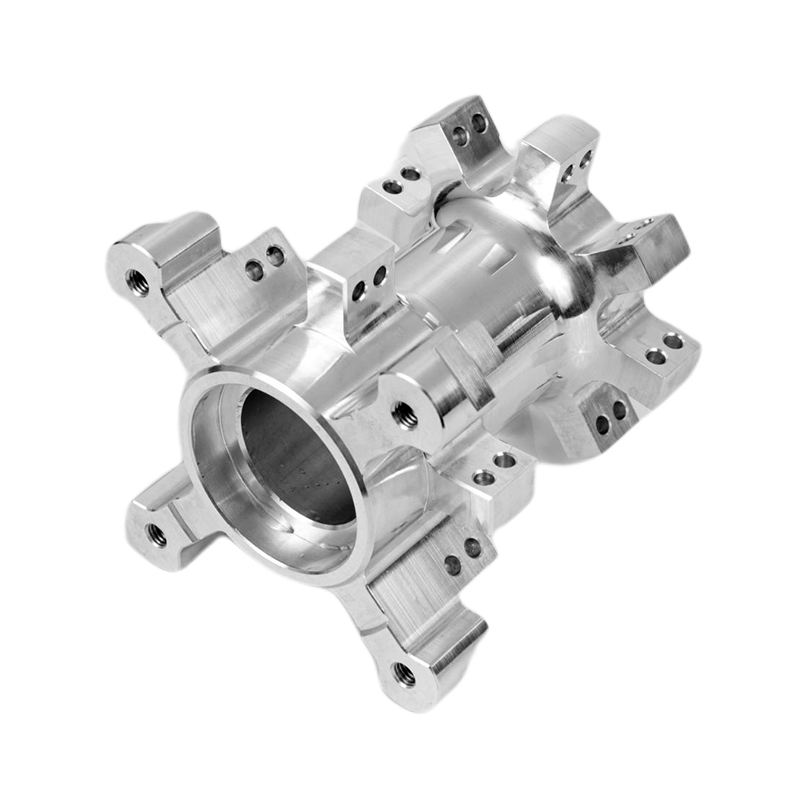Key aspects related to CNC machining parts
2024-01-11
CNC (Computer Numerical Control) machining is a manufacturing process that utilizes computerized controls and machine tools to remove material from a workpiece to create a finished part. CNC machining is widely used for producing precision components with complex geometries and tight tolerances. Here are some key aspects related to CNC machining parts:
1. CAD Design:
- The process begins with the creation of a Computer-Aided Design (CAD) model of the part. The CAD model provides the digital representation of the part's geometry and specifications.
2. CAM Programming:
- Computer-Aided Manufacturing (CAM) software is used to generate the toolpaths and instructions for the CNC machine. CAM programming involves defining the machining operations, tool selection, cutting speeds, and feeds.
3. CNC Machine Setup:
- The CNC machine is set up with the appropriate cutting tools and fixtures. The workpiece is securely clamped in the machine, ensuring stability during machining.
4. Material Selection:
- CNC machining can be applied to a variety of materials, including metals (aluminum, steel, titanium), plastics, wood, and composites. The material is selected based on the specific requirements of the part.
5. Machining Operations:
- CNC machines can perform various machining operations, including milling, turning, drilling, and multi-axis machining. The choice of operation depends on the part's geometry and features.
- Milling: In milling operations, rotating cutting tools remove material from the workpiece. CNC milling machines can be three-axis or multi-axis, allowing for complex cuts and shapes.
- Turning: In turning operations, a lathe rotates the workpiece while a cutting tool removes material from the exterior or interior. CNC turning is used for cylindrical parts.
- Drilling: CNC machines can be equipped with drill bits for creating holes in the workpiece.
6. Precision and Tolerances:
- CNC machining is known for its ability to achieve high precision and tight tolerances. The accuracy is determined by the CNC program and the quality of the CNC machine.
7. Quality Control:
- Quality control measures, such as inspection and measurement, are implemented to ensure that the machined parts meet the specified tolerances and quality standards.
8. Prototyping and Production:
- CNC machining is suitable for both prototyping and production runs. It offers flexibility in producing small quantities of custom parts or large volumes of standardized components.
9. Versatility:
- CNC machining is versatile and can be applied to a wide range of industries, including aerospace, automotive, medical, electronics, and more.
10. Automation:
- CNC machines can be automated to run continuously, improving efficiency and reducing the need for manual intervention.
11. Post-Processing:
- Depending on the part's requirements, additional post-processing steps such as surface finishing, anodizing, or heat treatment may be applied to enhance the final product.
CNC machining is a versatile and widely used manufacturing process that offers precision and flexibility in producing a diverse range of parts for various industries. It is a key technology in modern manufacturing, providing efficiency and accuracy in the production of complex components.



